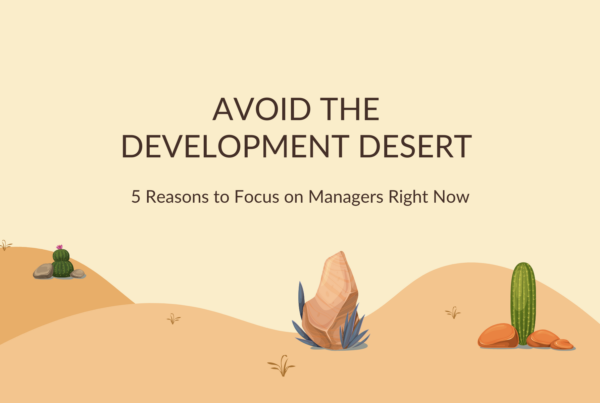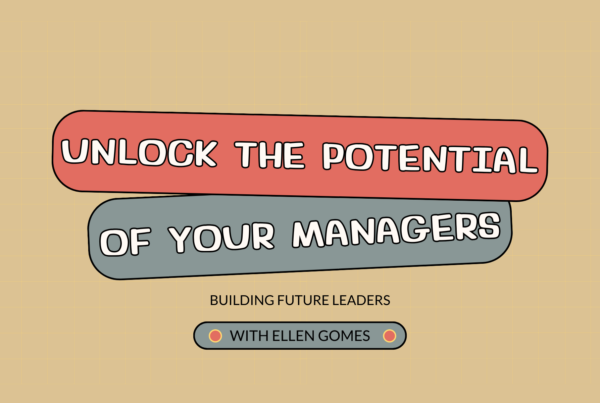Burnout can hit anyone in your organization at any time. Part of the problem is that we live in a culture that glorifies hard work, long hours, achievement, and “being busy”. The long-term effect of this is that our human bodies can only sustain that level of stress and pressure for so long without starting to break down physically and mentally.
After noticing the signs of burnout and chronic stress, you can support the individuals in your organization who are approaching a point of no return in several key ways which we will discuss below.
Knowing When to Act
At a recent event presented with General Assembly and BeaconForce, Torch Coach Christina Sanders shared insights on how to act when burnout becomes a reality in fast-paced organization. She identified several “simple but potent things we can do – on an individual, managerial, and organizational level – to identify the warning signs of burnout and mitigate its impact,” many of which you can read about in a recent post by Christina.
Beyond recognizing symptoms, Christina delved into how we can start the process of getting back to balance. “It means beginning with the basics. What is going to make the biggest short-term difference? More sleep? A weekend away? Delegating more? Begin with the action or practice that will have the greatest immediate impact on improving physical and emotional health.”
For HR specialists and executives in fast-moving startups, the challenge lies in not just identifying burnout, but working with and convincing burned out employees to act. Many of the most effective remedies are personal actions. It requires consistent communication and support for these individuals, so they know that it’s not only okay to step back, but that they feel encouraged to put their physical and emotional health first.
Steps for Bringing Employees Back from Burnout
There are several steps you can take to support someone when they are overwhelmed at work, both immediately and preventively in the long term.
- Rebalancing Workload – In the short term, if at all possible, look for ways to restructure workload for an employee approaching burnout. Coordinate with their managers to manage expectations and allot for the time needed to refresh.
- Taking Additional Time Off – A workload rebalance may include recommending or even enforcing additional time off. If productivity is already starting to suffer or the employee has reached a state of excessive chronic stress that impacts their health, coordinating a short break is a good first step.
- Recalculating Expectations – As Christina referenced in her presentation, “Increasingly, stress can be a function of the work environment. What can we influence? Is there a conversation to have with a manager about creating more realistic expectations or advocating for more support?” While there are certainly organizational expectations for each employee, every person is different – take the time to ensure those expectations are realistic on an individual level.
- Build a Support Network – Christina recommends that employees take real world steps to build a support network; something you can support them in. “Help employees get support from a coach, trusted colleague, or a manager, to help restructure priorities and set clear boundaries. Sometimes it can be hard to see what they can let go of when they’re stuck in the weeds. What can be delegated or eliminated? What can help them be more productive?” These are often hard conversations to have, but outside perspectives can help.
- Leverage Coaching and Mentorship – A strong support network that understands the discomfort and stress an employee feels is important, but even more valuable is one-on-one time with a trusted partner in addressing those issues.
- Train Your Team to Recognize the Signs – Everyone in your organization is busy. Frequently, even when looking for the signs, it’s difficult to see the difference between normal work-stress and the creeping risk of burnout. That’s why it’s so important to train everyone in your organization to recognize those symptoms. Hold a short training session, put up a poster that reminds people of the physical and emotional symptoms, and encourage people to be open in voicing concern if they suspect their coworkers are starting to get overwhelmed.
If you’re interested in learning how to better identify the warning signs of burnout, build a culture to manage them, and work with top performers to avoid burnout that impacts their health, request a demo below.



